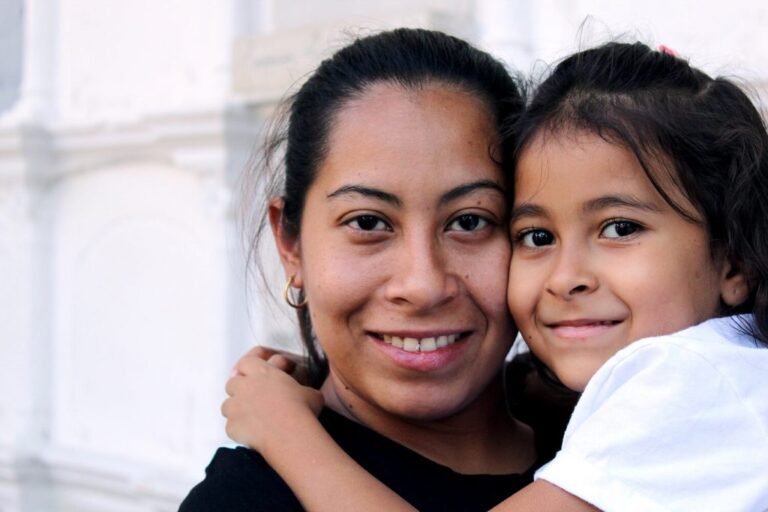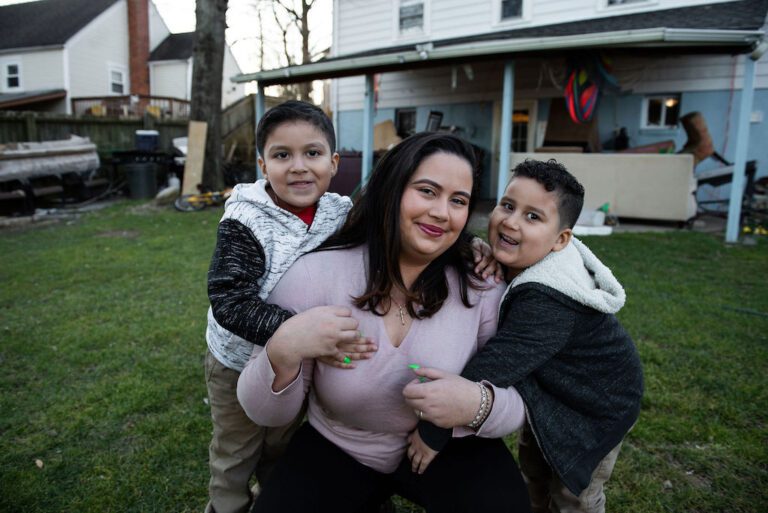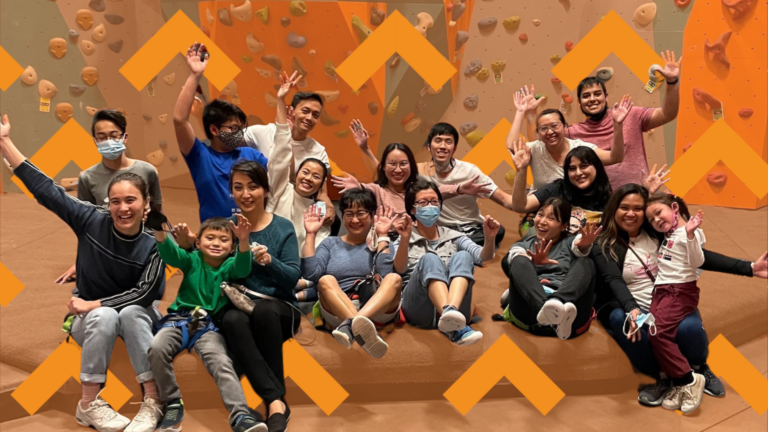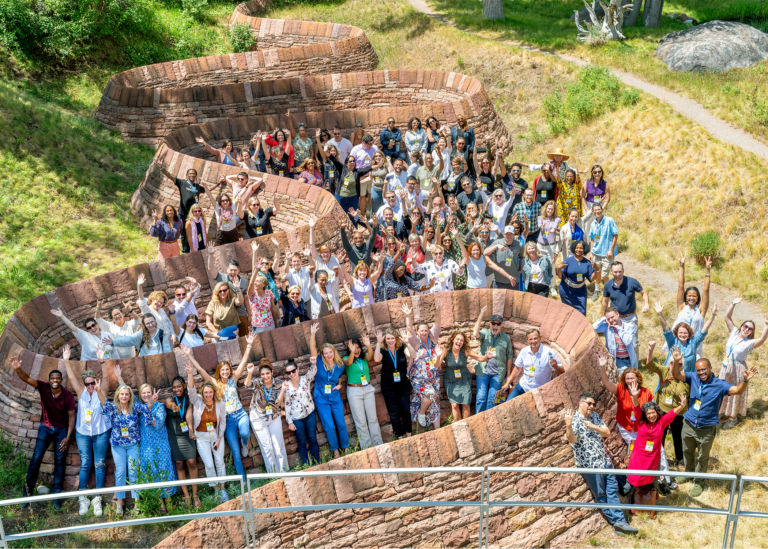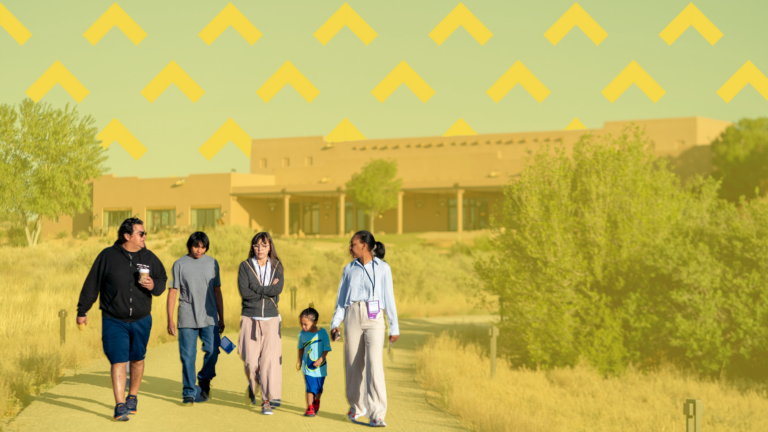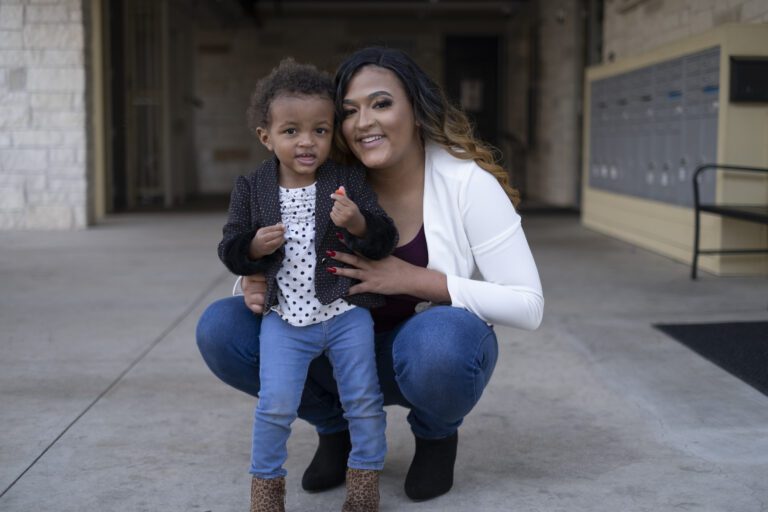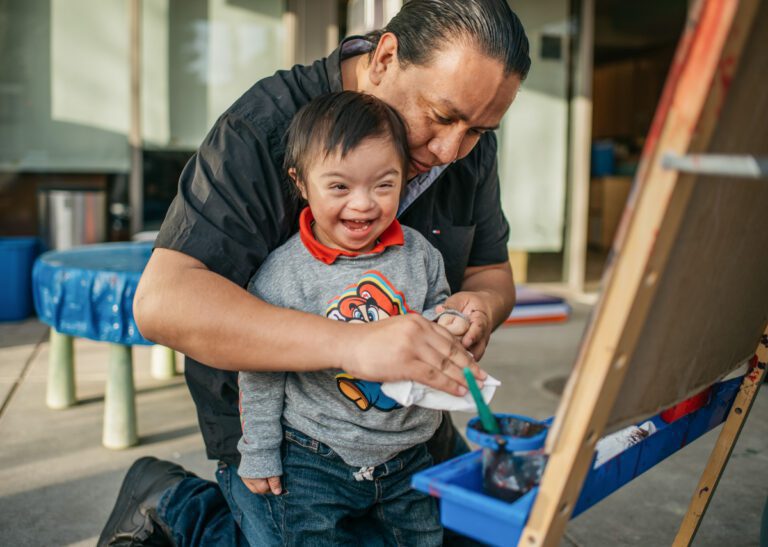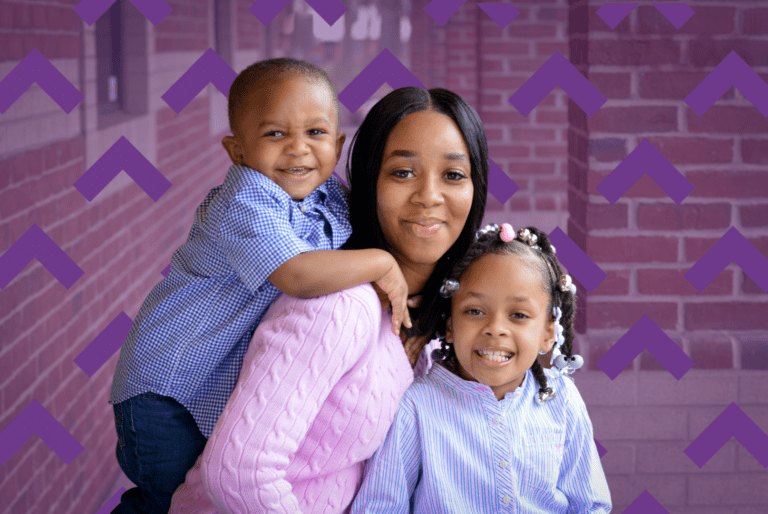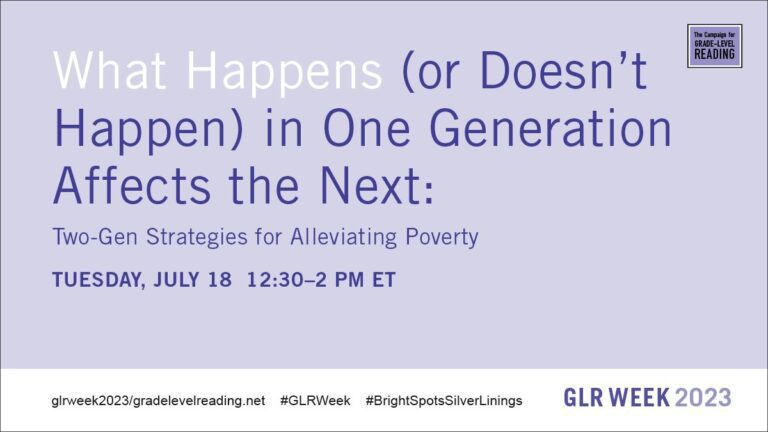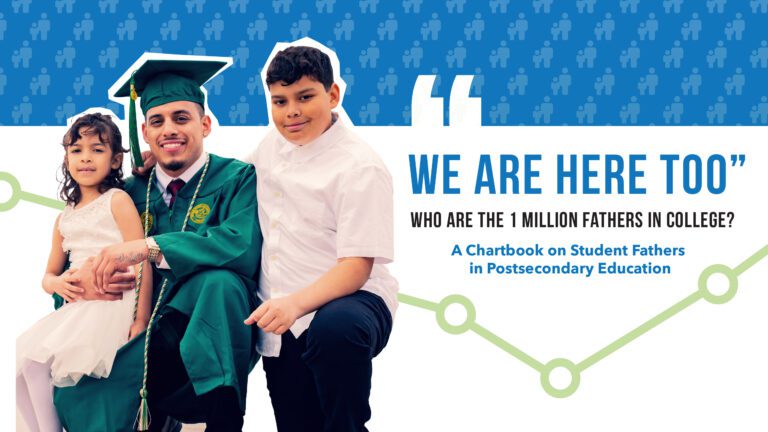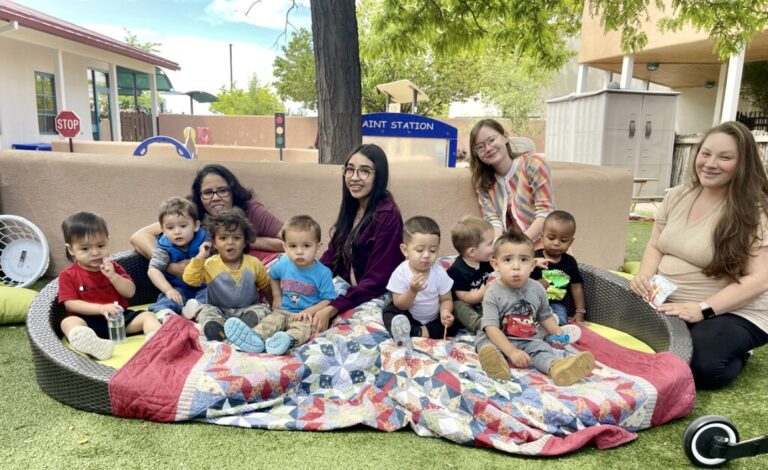Data on Families With Low Incomes Across America
We are delighted to share a new research report in partnership with Child Trends: Data on Families with Low Incomes Across America Can Inform Two-Generation Approaches. In this new analysis, research experts Elizabeth Wildsmith and Marta Alvira-Hammond paint a detailed picture of how families in households with low incomes in the United States have changed since 2011. The report highlights 10 key findings from their analyses of family economic and social conditions related to financial security and mobility, family structure and living arrangements, education and employment, parental health, and community health indicators (for example, rates of child poverty, violent crime, child care costs).
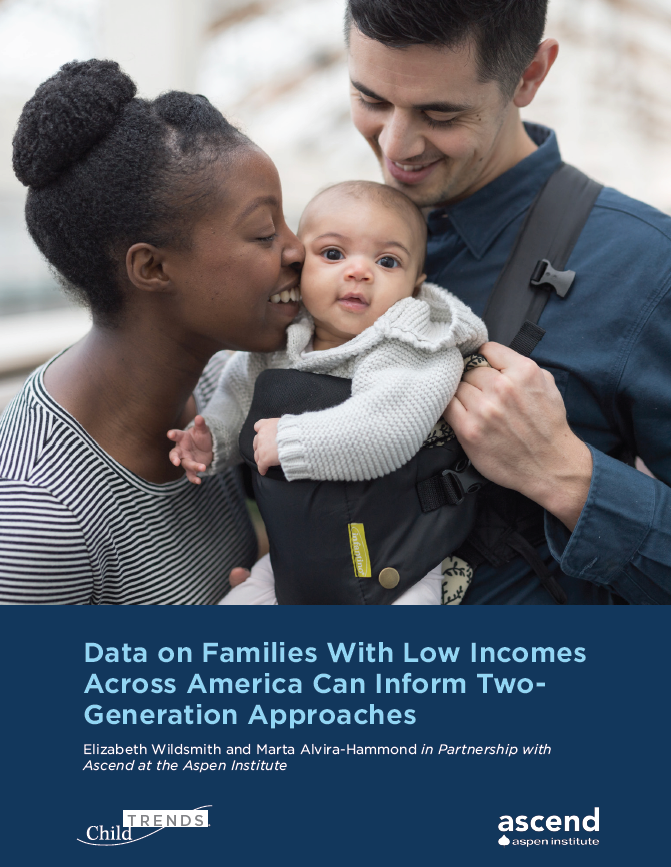
Please join us on Thursday, March 2nd from 1:00 – 2:00pm ET (10:00 – 11:00am PT) for a national briefing with Child Trends on this groundbreaking analysis and its implications for policymakers, practitioners, and all of us working to improve children and family well-being.
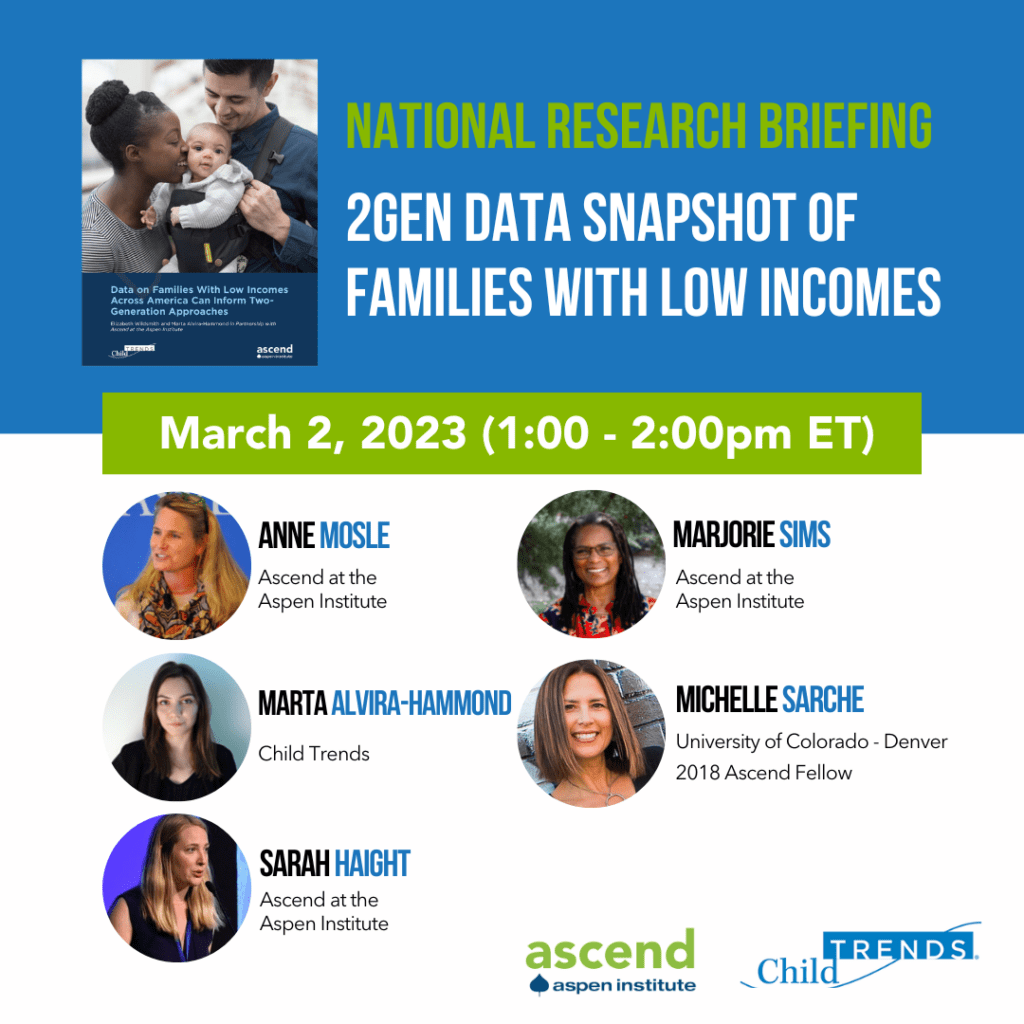

10 Key Findings
- Fewer families with children lived in poverty or in low-income households in 2021 than in 2011. The percentage of families living in households with low incomes declined from 2011 to 2021, from 36 percent to 29 percent.
- These declines occurred for all family types examined in this report—families with a single parent, families with young children, families with young parents, and multigenerational families.
- In 2021, families with a single parent (51%) and a young parent (45%) were the most likely family types examined to live in households with low incomes.
- Gender gaps remain in families headed by single parents. Families headed by a single mother were much more likely to have low household incomes (55%) than those headed by single fathers (34%).
- Families in households with low incomes are diverse. In 2021, among these families:
- Just over half (51%) were two-parent families, either married (43%) or cohabiting (8%).
- Most (80%) lived on their own. However, 12 percent lived with a grandparent and 8 percent with someone other than a grandparent.
- White families made up 34 percent of the total but were underrepresented relative to their overall population size. Hispanic and Black families, and families of other racial and ethnic identities, were overrepresented.
- Families living in low-income households continue to face barriers to economic mobility. In 2021, among these families:
- Most (60%) lived in rented housing, and renting was particularly common among young parents (76%). Home ownership is an important vehicle for economic mobility in the United States because of its ability to generate wealth for families.
- More than half (53%) had obtained only a high school diploma, or fewer years of formal education.
- 71 percent had at least one employed parent. Although employment can help provide economic security, it does not ensure that families have incomes that meet their basic needs.
- Eighteen percent of parents who had not worked in the previous year did not work due to illness or a disability, while two thirds did not work to care for their home or a family member.
- Seventeen percent had at least one parent reporting fair or poor health (as opposed to good, very good, or excellent).
- One in five (21%) reported that no parent had health insurance.
- More than half of families with low incomes reported not receiving support from some of the most common safety net programs. Roughly one fifth of families reported receiving a housing subsidy and support from the Special Supplemental Nutrition Program for Women, Infants, and Children (WIC) in the prior year. A substantial minority (44%) reported receiving support from the Supplemental Nutrition Assistance Program (SNAP).
- The economic challenges faced by families in households with low incomes are particularly pronounced for families headed by a single parent, families with young children, families with young parents, and multigenerational families.
- Family households with low incomes tend to live in counties that have worse scores across several of the community health indicators we examined — such as higher child poverty rates, higher violent crime rates, worse air quality, and less access to healthy food.
- Family households with low incomes also reside in counties with a slightly higher child care cost burden, relative to other families — in other words, they tend to live in counties in which a higher proportion of the average household income goes to child care.
- Researchers, policymakers, and practitioners building out two-generation supports for families should know that:
- Data from multiple sources are needed to gain a full accounting of what families look like across the six key domains highlighted in two-generation approaches.
- A deeper consideration of the life circumstances of some populations—including, for example, Black, Hispanic, American Indian and Alaska Native families; families in rural areas; and families with a member who has a disability—can be limited by small sample sizes in many data sources or by a limited number of relevant measures.
- Attention to factors both inside and outside of households will improve our understanding of the challenges that families may face and of the resources to which they may have access, including their social connections.
Related Posts
